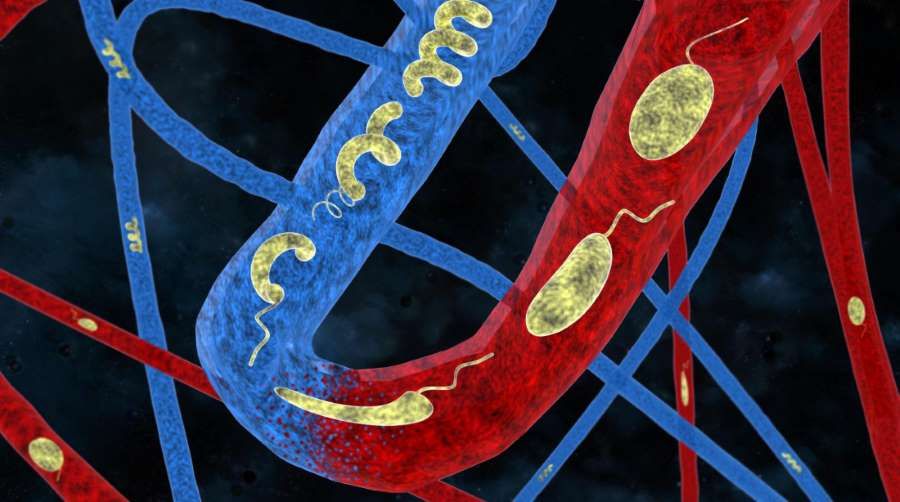Micro-robots that can adapt to their environment
Scientists have developed small, flexible robots that can change shape depending on their environment. These bacteria-modeled tiny machines are completely biocompatible and optimize their movements to get into hard-to-reach areas of the human body. In the future, they could revolutionize targeted drug delivery.
One day we will be able to consume pills containing micro-robots, whooThey will find their own way to the affected area, even if it is in an extremely inaccessible place. That’s the vision cited by researchers at the Federal Polytechnic University of Lausanne and the Federal Polytechnic University of Zurich, whoowho have developed a prototype of just such tiny machines.
A group of scientistsow led by Selman Sakar and Bradley Nelson in developing intelligent, biocompatible and extremely flexible micro-robots drew inspiration from bacteria. Bacteria, as they are known, can get through body fluids and modify swoj shape as needed, allowing them to pass through narrow blood vessels and complex systems without compromising their speed or their manvore capabilities.
Prototypes of small machines have been made of nanocompositeoin hydrogels, whichore contain magnetic nanoparticles so they can be controlled by electromagnetic fields.
Achievements by a team of Swiss scientistsow appeared in the journal „Science Advances”.
When we think of robots, we usually think of large machines equipped with complex electronics systems, sensorsow, batteries and actuatorow. But on a microscopic scale, robots are quite different. The manufacture of miniaturized machines poses a number of challenges. Scientists proThey are tackling them with the help of techniques based on origami.
– Our robots have a special composition and structure, ktore allow them to adapt to the characteristics of the fluid, by which theyory pass. For example, if they encounter a change in viscosity or osmotic concentration, they modify theiroj shape to maintain speed and maneuverability without losing directional control – Sakar said.
Robots can be controlled by an electromagnetic field. They can also navigate on their own. In both cases, they will automatically change into the most effective shape depending on the obstacle in front of them.
– Nature has evolved many microorganismsow, ktore change shape as conditions changeoin environmental. This basic principle inspired our micro-robot design. A key challenge has been developing the physics to describe the types of changes thatorymi we were interested in, and then integrating them with new technologies,” admitted Nelson.
As the authors point out, in addition to increased efficiency, these miniaturized and extremely flexible robots can roalso produce in a relatively simple wayob and at a reasonable cost. For now, a compositeoThe researcher is working to improve the movement efficiency of the machines by ro¿Any kind of fluid, that is, in the environment they encounter in the human body.

